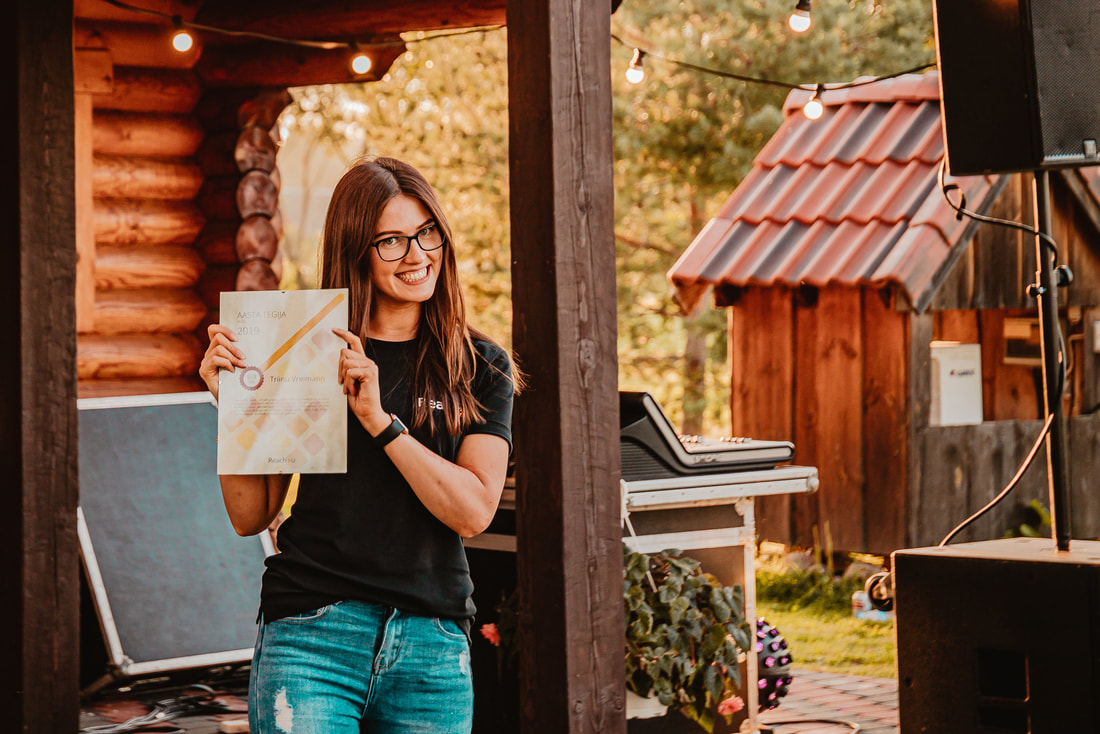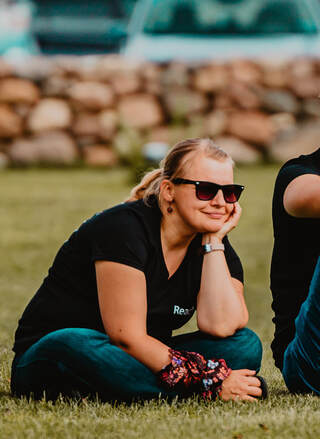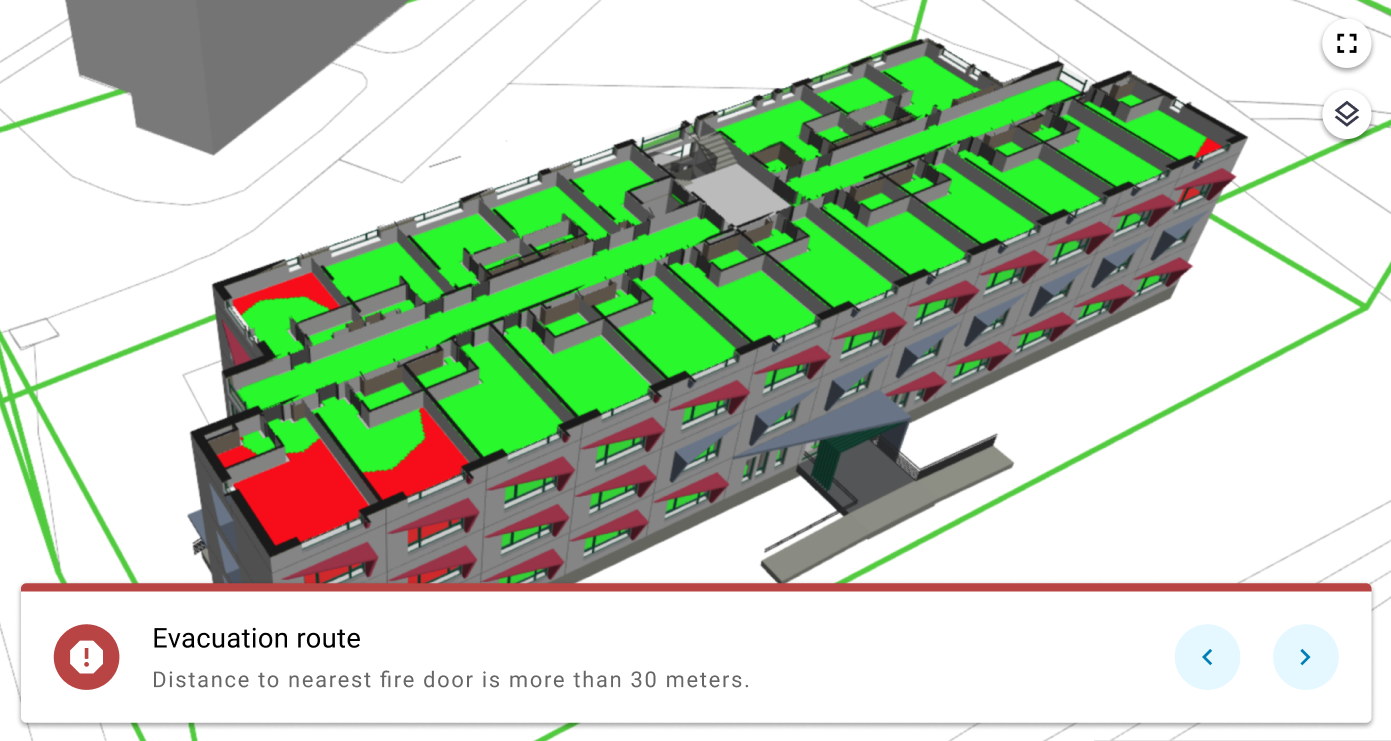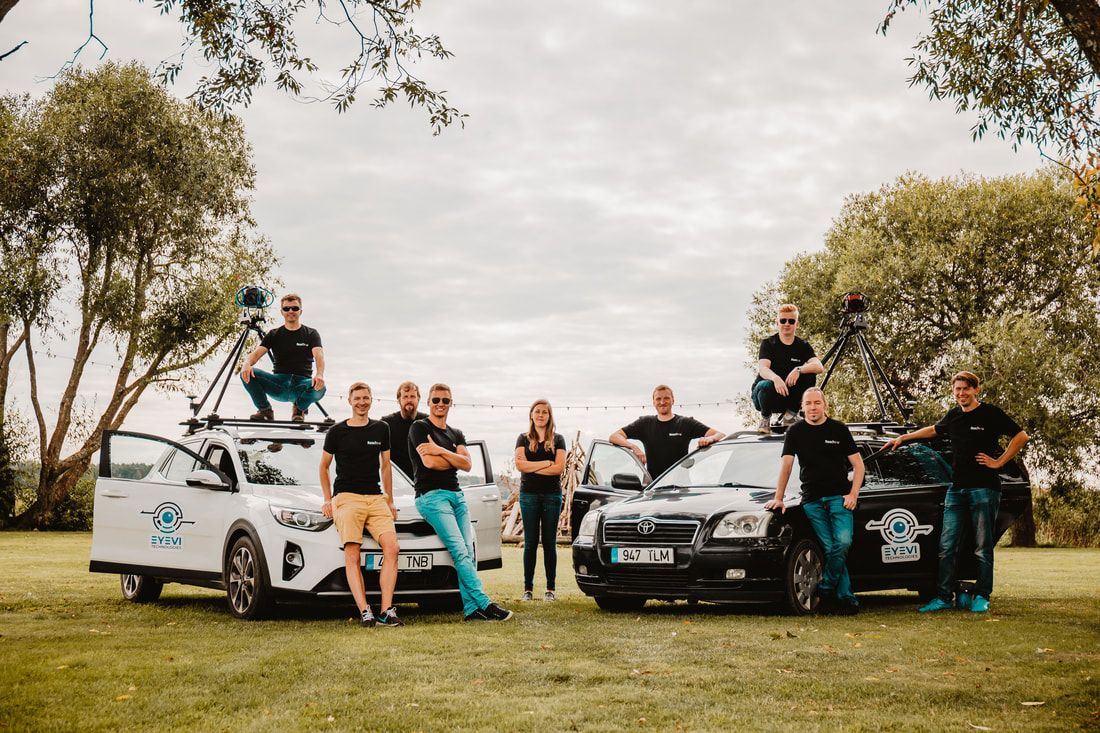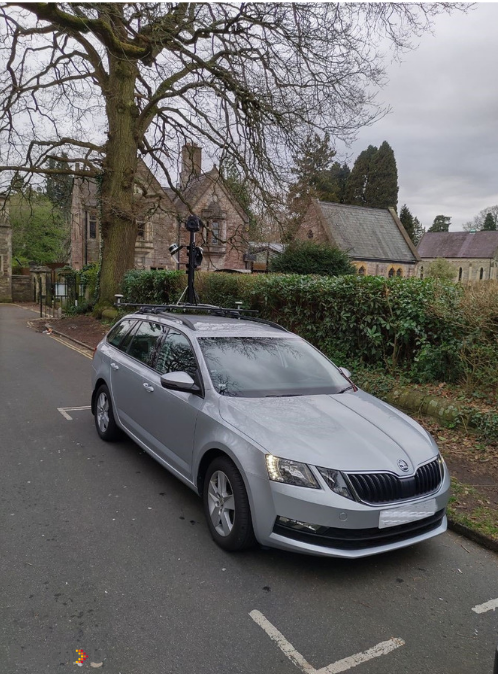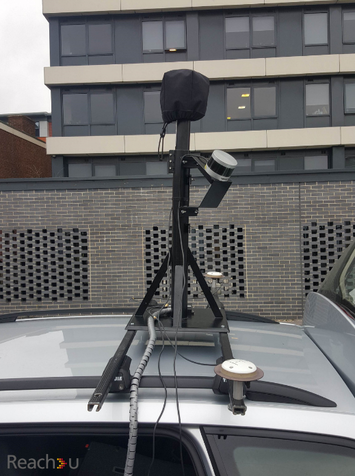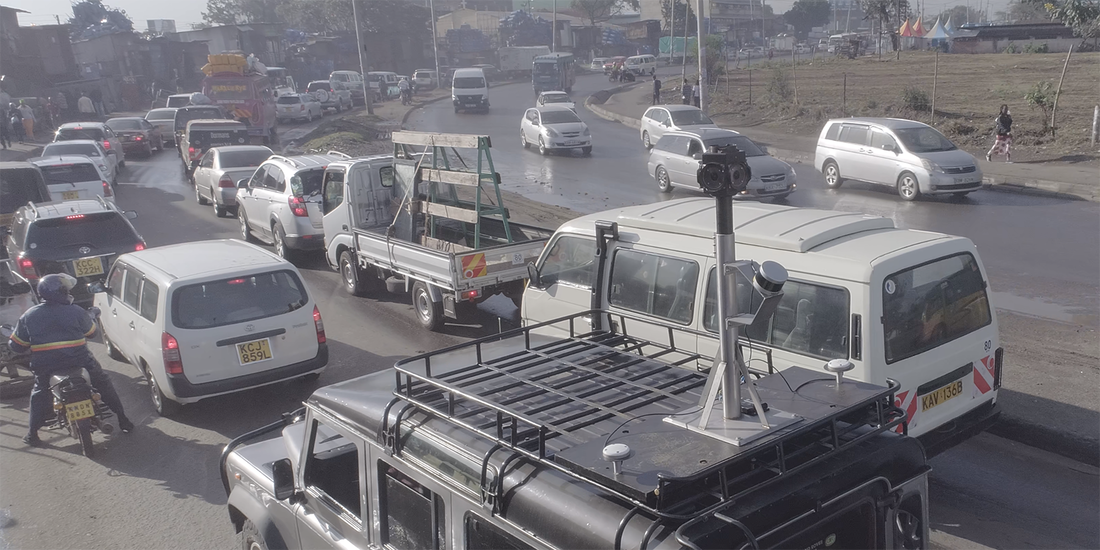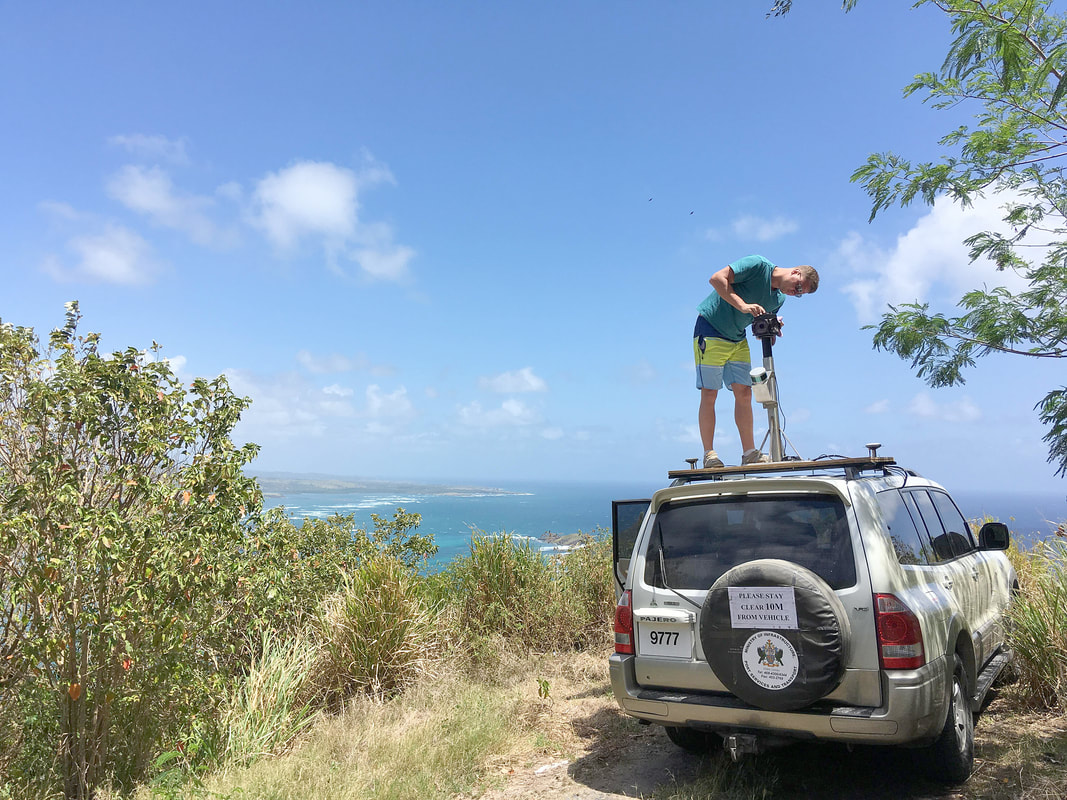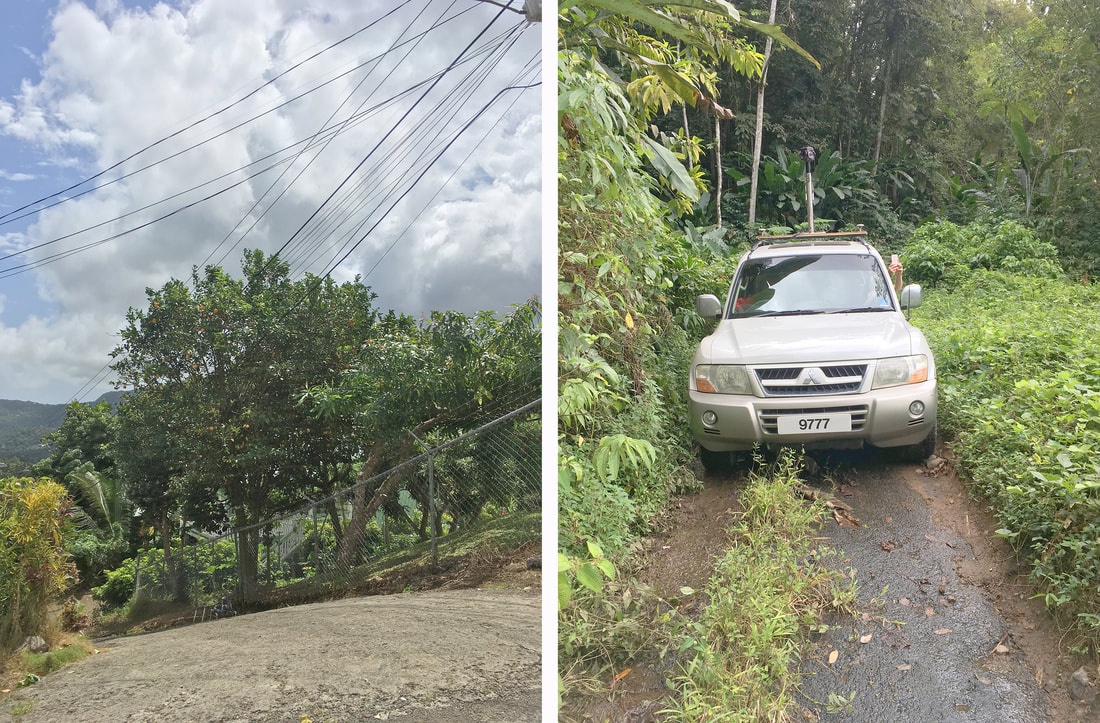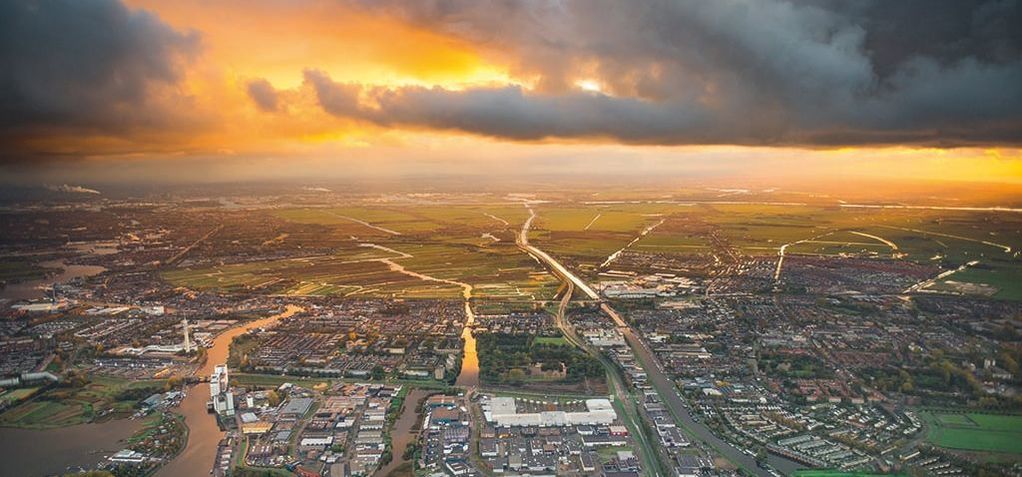At first, I started doing online courses in Codecademy and various other places. They seemed interesting, but I knew that I needed something extra to get a real career. Thus I applied for an adult retraining program Vali IT, which educates junior software developers. Luckily, I was accepted to the program and my journey in the IT world started.
Vali IT program contains two parts. Six-week training in Tallinn and a two-month internship in a real IT company. I was accepted by four companies, but my decision for accepting Reach-U was quite easy. First, it was in Tartu where I live, so no commuting problem. Second, I had heard so much good about the company, as some close friends had been working there for a long time. I was very excited to start my internship as a full-stack developer in team Alfa. I was thrown headfirst into a project of developing a cargo transportation app for a Kenyan logistics company. This included the development of web and mobile app. I couldn't wait to start putting my new knowledge into practice.
As it turned out, it takes a bit more time than 1.5 months to get a grasp of what software development in reality is. The team was very supportive and included me in every step of their work. It was quite demanding at first. No more mischievous children running around, just coffee hyped programmers fixed to the screen all day. But as the months progressed, I started doing some projects in QA engineering. After a few projects, I knew that it suited my personality (nit-picking and being thorough). I knew that this was the route I wanted to pursue.
I worked hard throughout the internship as a junior developer/QA engineer; fingers crossed for an opportunity for a real job. And to my absolute surprise, I landed one. It has been such a great learning experience. I've had 3 job titles in 2 years - kindergarten teacher, junior software developer, and now a QA engineer (for about a year now). Fortunately, during my learning path, I was surrounded by supportive people, so the journey was super pleasant and enjoyable.
Changing my career was the best thing I have done. Still can't believe my first choice has turned out so great. It is a pleasure to work with such smart people. Super grateful for Reach-U for the opportunity to work here!
